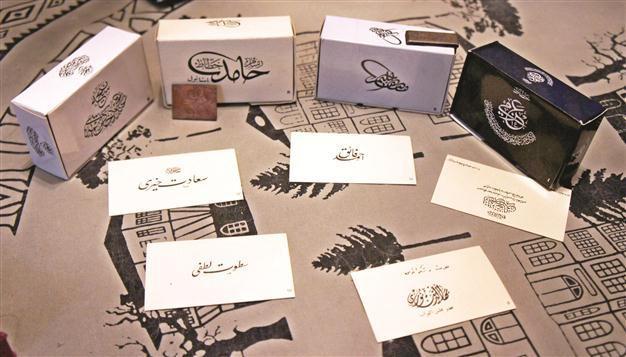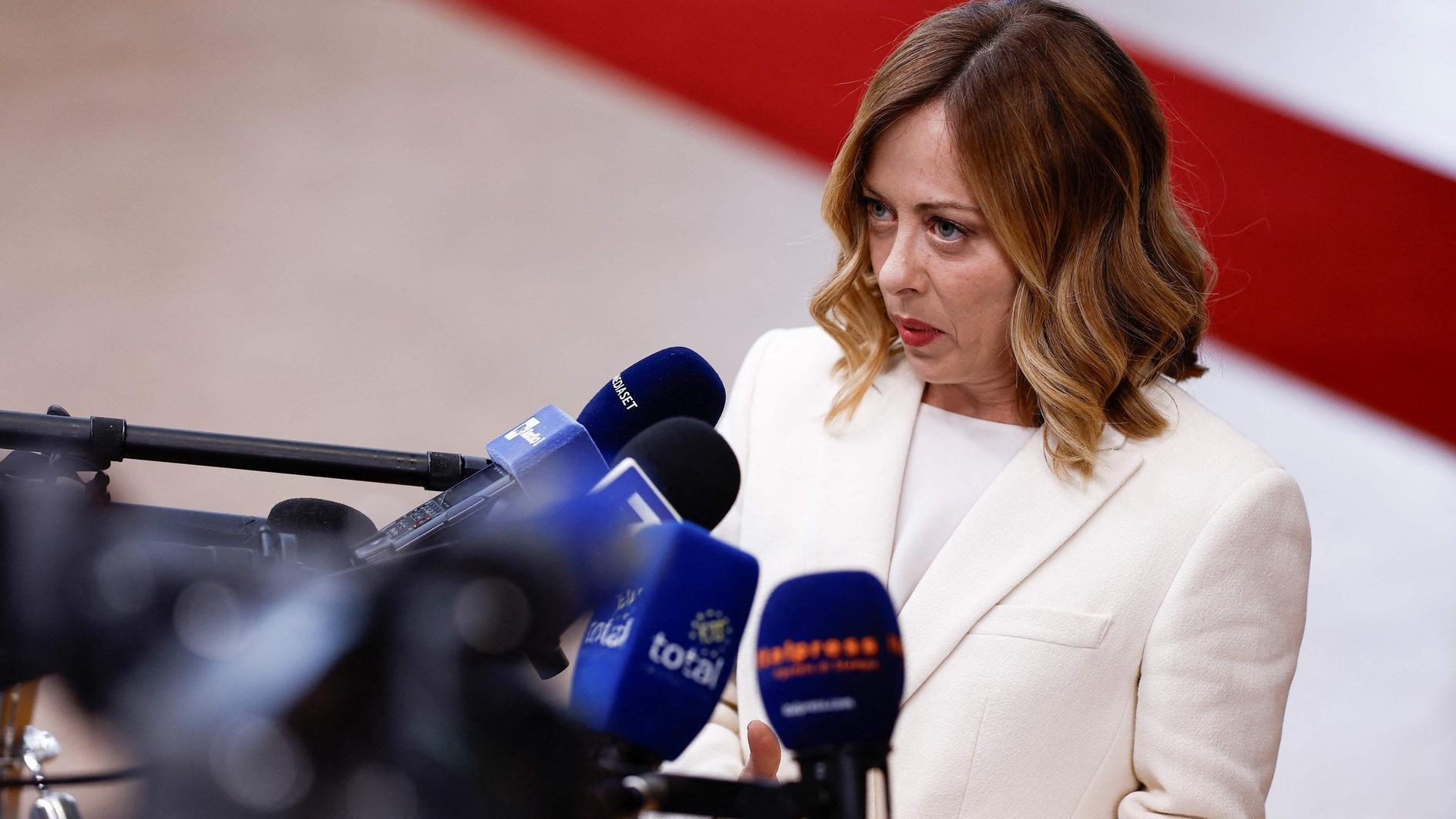Ottomans’ cards in big demand
ISTANBUL - Anatolia News Agency

AA photos
Business card culture was obtained from Europe in Ottoman times and quickly adapted to produce decorative examples, which today have the value of a small painting for collectors. These business cards, made by famous calligraphers at the time, were memories from the tanzimat reform era (1839 to 1879), an expert said.“The [tanzimat] period business cards really impress people, but after the alphabet changed we began to write like the west. The real aesthetic beauty is the art of calligraphy,” Professor Mehmet Zeki Kuşüğlu, author of the book “Osmanlı Kartvizitleri” (Ottoman Business Cards) told Anatolia news agency.
Kuşoğlu said the principal feature of the Ottoman business cards was calligraphy, the art of writing. Calligraphy was also seen on other types of business cards, called “visitor cards,” he added. “I call these cards ‘pocket paintings.’”
Calligraphers have written names in very different formats, he said. “For example, we can see at least 40 different types of writing in the name Mohammed. A name is not written simply like in the west; artists contrive letters to create very beautiful things.”

Mehmet Zeki Kuşoğlu gives information
about the art in business cards in his book
titled ‘Ottoman Business Cards.’
It is very important that a nation enhances what it takes from other nations, Kuşoğlu said, adding that business cards have been invented in Europe but acquired a very different identity in the Ottoman form. “They have turned into paintings carried in people’s pockets,” he said, adding that there are lots of differences between the Ottoman kind and the kind in the western world.
“They are just simple writings, particularly in Europe and some have emblems for noble people. But the calligraphy on the Ottoman business cards were emblems on their own,” he said.
Masterfully created
People in that period knew the significance of the art of writing, Kuşoğlu said, adding that each business card reflected the pleasure of its owner. Women’s business cards were rare, only palace women and famous wives had them, he said.
Kuşoğlu said there were some shapes on business cards featuring the profession of its holder. “For example, they have made wedding business cards with two rings on them. There are also business cards with photographs. If it is for a woman, it reflects her elegancy.”
Business cards were in fashion among educated people, he said, adding that every foreign guest to Turkey in the past had a business card printed with the Ottoman letters. “We see such samples in collections; Europeans are fans of them,” he said. “They give their name to calligraphers and have their own business cards with the Ottoman letters,” he added.
He said his book drew great interest and would be reprinted with further information.
















